Fisheries Co-management of Lake Vättern
A fisheries co-management group was started in 2005. When it first established it was one of five pilot co-managament groups in Sweden, in different areas. Back then the group received financial support from national authorities. From 2009 and onwards, the group has been financed by EMFF through Leader Vättern.
The group, overseen by the Lake Vättern Society for Water Conservation, brings together commercial and subsistence fishermen, anglers, water owner, researchers, NGOs and govermental authorities. The group function as a platform for regional dialouge and enables stakeholders with different interests to discuss how fish conservation in the lake should be conducted, what can be done to improve the situation as regards declining fish stocks, how the limited fish resources should be allocated among different fishing categories, and issues fisheries control measures and regulations. A platform for dialouge is central to implement an ecosystem-based fisheries management (EBFM) and Lake Vättern is today one of the best national examples of EBFM in Sweden.

The main goal is to build bridges between stakeholders and management authorities and to make the management influenced by the stakeholders. The group doesn’t make decisions, but plays an advisory role to the national authority responsible for fisheries management.
Meetings take place 3-4 times a year and a fisheries expert work as a part-time coordinator. The group has six thematic subgroups which includes crayfish, rules and regulation, catch control, etc. The sub groups prepares proposals to the bigger meetings. The members in the groups are compensated for meeting time and travel costs.
Results:
- 3 protected areas, Freshwater Protected Area (FPA) – 15 % of lake area.
- Escape openings in crayfish traps
- Management plan including:
- measurable long-term goals
- indicators for evaluation including reference points
- a voluntary agreement on how to divide the resource between different stakeholders
- More transparent management of fisheries
- Increased local participation
- Increased understanding and following of fishing regulations
Lessons:
- It takes time and require a lot of time for discussions.
- The composition of the co-management group should remain as stable as possible, so its members have time to develop common understanding and trust.
- Important to make use of the knowledge that the different fishermen have.
- It’s beneficial if the national management authority is closely following the discussions and the outcoming proposals achieving a more efficient and adaptive management.
- A neutral leadership is important

